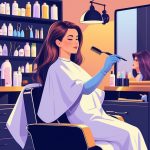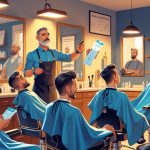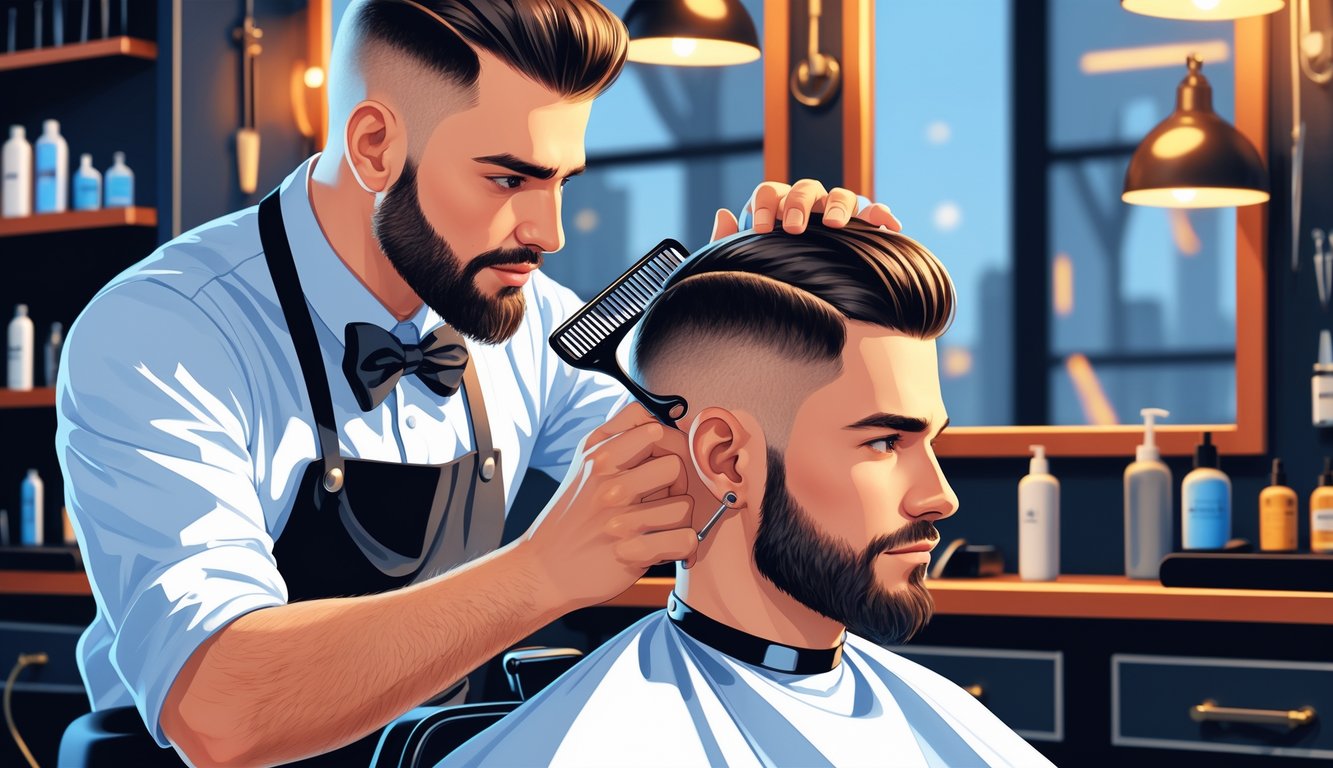
Professional Touch-Ups
People think, “Eh, I’ll let it grow out and fix it later.” Barbers see the uneven lines and fuzz before you even sit down. DIY trims? Sure, save your $20, but I’m just counting the minutes it’ll take to fix your “experiment.” Real talk: if you want it sharp, book every three weeks. No, really.
Funny how folks expect product to fix everything. It doesn’t. Frizz, blunt regrowth, all that—product hides nothing. Blade guards help (see Salon Shears Direct’s advice), but keeping your razor cut looking right takes actual hands, not your post-shower towel twist.
Recognizing When a Trim Is Needed
You stare in the mirror, trying to convince yourself you can stretch it another week. But the crown? Always gives you away—ends split, hair starts doing its own thing, lines go dull. Nobody admits they see the fuzz first, but I always spot it, usually while zoning out at the backbar.
Barbers get trained to catch regrowth patterns way before you do. I go by feel, and honestly, most people have no idea when their sideburns puff or their fringe starts rebelling. It’s not about being disciplined, just noticing stuff. Come in when your lines get blurry, not when your friends make jokes. And stop thinking pomade covers everything—it doesn’t. Barbers see through it in two seconds.
The Role of Grooming in Razor Cut Regrowth
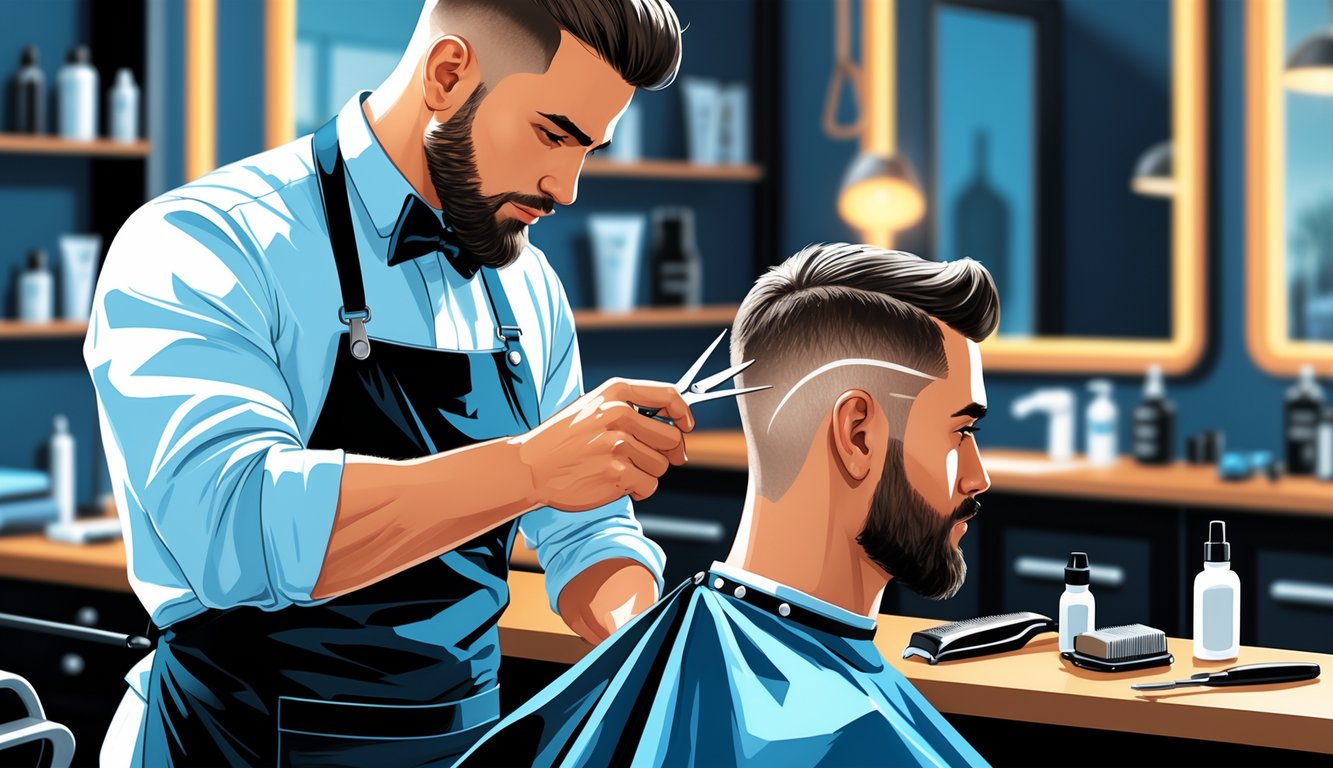
So last week, my friend’s like, “Just let it grow, who cares?” I look in the mirror and all I see are blunt edges and weird fuzz. Maybe I’m too picky, but daily habits and product actually matter. Barbers always notice regrowth patterns before I do—are their eyes just better? Or am I just lazy?
Daily Grooming Habits
I comb forward, then back, and suddenly the layers from my razor cut act up—some days the part just refuses to stay put unless I use that mineral spray (which, by the way, smells awful). Tim, my barber, always says: skip rinsing with lukewarm water after shaving, and your skin’s gonna get mad, fast. Patchy, red, not cute.
Shaving doesn’t make hair thicker—yeah, I asked three dermatologists, just to be sure—but if you skip gentle exfoliation and try to scrub with some random hotel loofah, you’ll just get ingrowns. Don’t overdo it. Massage with your fingertips, pat dry, don’t rub. Unless you want breakage. Which, why would you?
I set reminders to wash my pillowcases twice a week. Overkill? Maybe. But my stylist says buildup kills razor-cut regrowth. Ignore your cowlicks and they just get more obvious. Trust me, I tried.
Best Products for Razor Cuts
I scroll through endless shelves: “cooling” gels, beard oils, sensitive skin stuff. For razor cuts with texture, the only shaving cream I trust is loaded with glycerin, not menthol (that stuff just burns). Proraso Sensitive Skin? I buy two at a time, even though it smells a bit like old lime pie.
Lisa, who’s basically the barbershop boss, swears by aftershave with allantoin. Alcohol-based toners? No way, unless you’re dealing with stubborn stubble. Pomades with beeswax are the only thing that holds when my razor cut hits that awkward grow-out phase.
Table: Product choices and results
| Product Type | Ingredient to Seek | Why It Matters |
|---|---|---|
| Shaving Cream | Glycerin | Softens hair, protects skin |
| Aftershave Balm | Allantoin | Calms, reduces irritation |
| Styling Pomade | Beeswax | Flexible hold without heaviness |
| Exfoliating Cleanser | Fine-grain Jojoba | Prevents ingrowns, keeps ends clean |
Every so often, I get sucked into buying some influencer’s “argan oil infusion” serum—it never fixes split ends, but at least it makes my hair smell better than that lost loofah. If the label screams “hydrating,” maybe it’s worth a try. Maybe.
Barbering Techniques for Healthy Regrowth
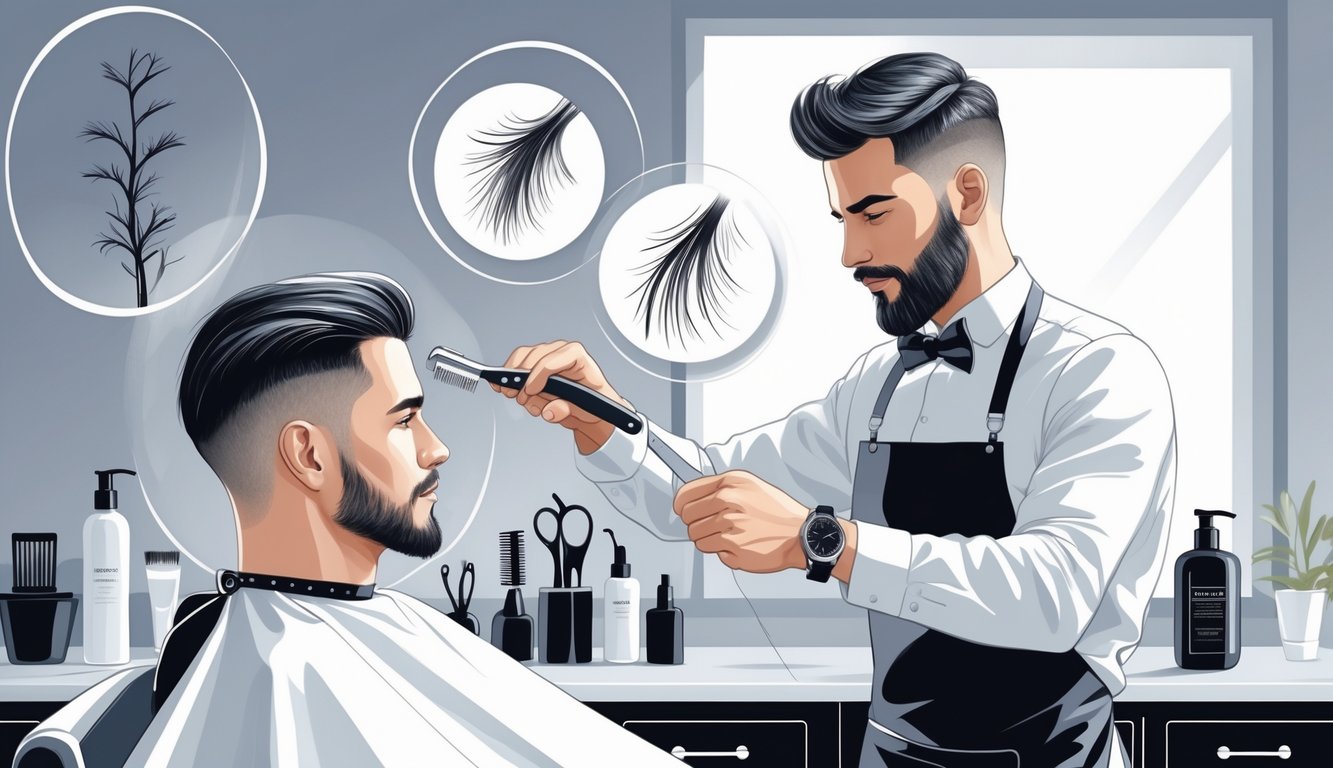
Three weeks after a razor cut, stray hairs start poking up everywhere and it drives me nuts. I warn people, but nobody listens. Once-perfect finish? Gone. And it’s not even complicated—precision matters, and cheap tools make everything worse (I’ve told my brother-in-law this a hundred times, but he still buys discount clippers).
Precision Cutting Methods
Clients think a razor cut fixes everything, but even perfect lines get jagged if I rush or skip sectioning. I’ve seen regrowth nightmares—lines don’t match, patches everywhere. Blunt cut versus point cut? Huge difference. If you want regrowth to lay flat, stick with clipper over comb, or scissor over comb for those spots you can’t see but always feel. Supposedly, barbers make 40% fewer corrections if they’re disciplined with sections (BarberCo says so, and I kinda believe it).
Pull the hair tight, cut, let it fall, check for shadows. It’s a pain, takes forever, but if you skip it, lines show up in regrowth. Kids with cowlicks? I zigzag the cut behind the crown, so the regrowth just confuses itself.
Tools and Products Barbers Use
Walk into any real shop—first thing you see isn’t posters, it’s scissors lined up like cutlery: blending shears, Japanese steel, a pile of clippers (zero-gap Andis Masters, if you’re serious), razors sharp enough to scare you. Clients don’t notice. They will, though, when their regrowth looks like a porcupine.
Barbers wipe blades with disinfectant and oil every time, and sneak in tricks—like feather razors to soften edges, lightweight leave-ins (American Crew Fiber Cream, usually), and always pushing sulfate-free shampoo. “Reduces split ends,” says every product, but really, it’s sectioning and tool choice that makes the difference. Old-timer in the shop told me he never uses cheap combs—one bad tooth, and you pay for it two weeks later. He’s right. Don’t try for a perfect fade if your tools can’t even draw a straight line.

